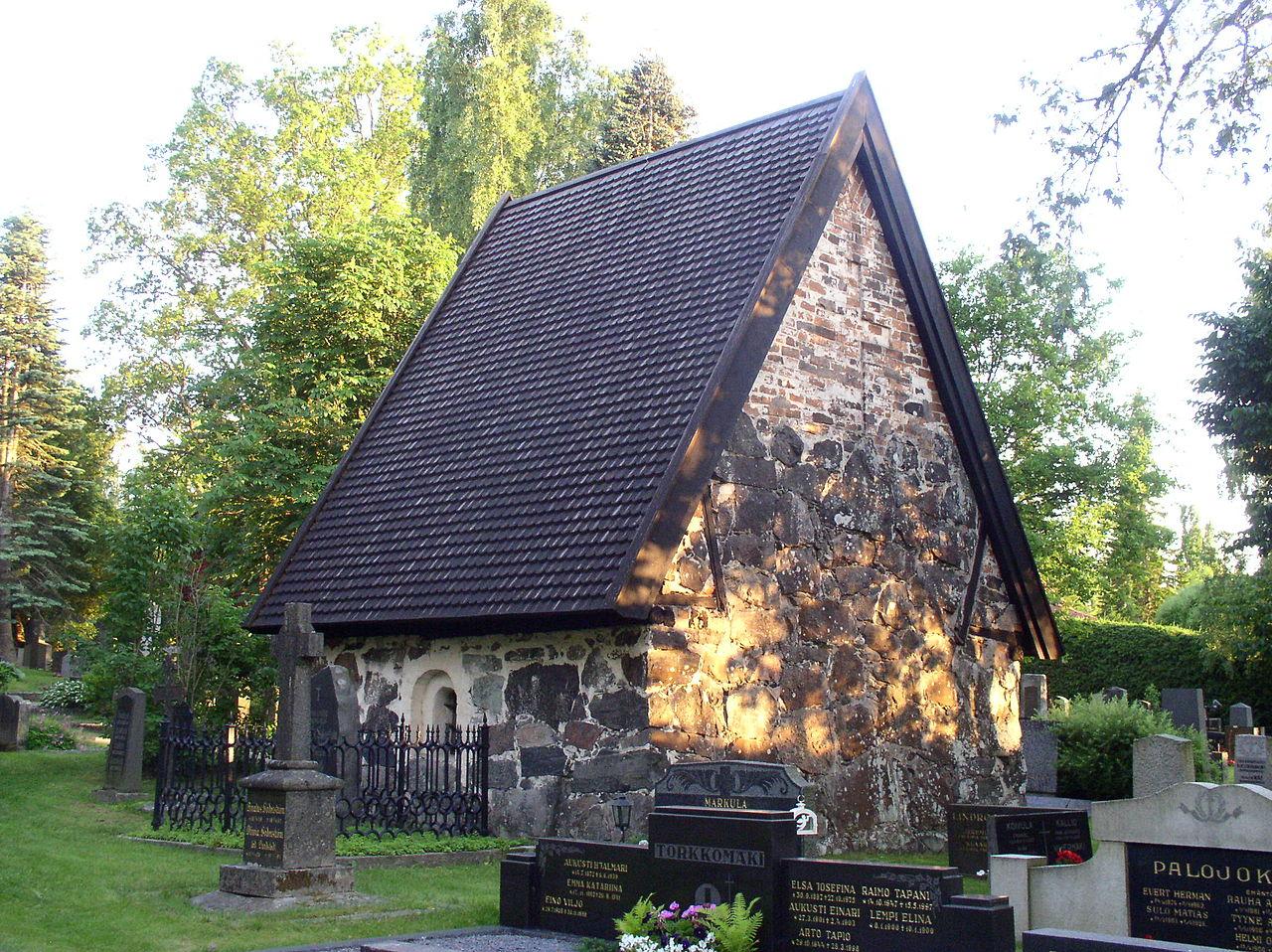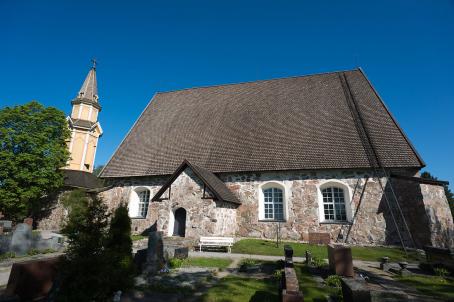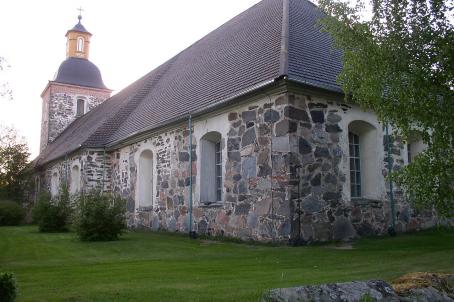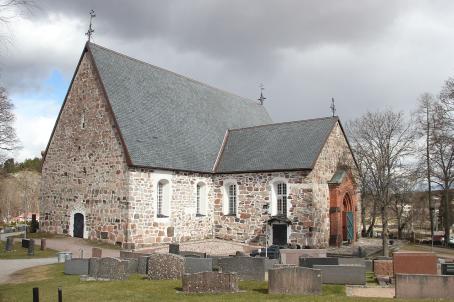Somero's Sacristy

Somero's sacristy is a medieval stone sacristy, probably built in the late 1490s. The stone sanctuary is located in the current Somero cemetery, in its old part, in the old Somero cemetery, where the ruins of the bell tower built in 1774 have also been preserved. The present church of Somero was built between 1853 and 1859 on a hill to the south of the old cemetery. When the new church was completed, the wooden church of Somero, built in 1668, was demolished in 1864.





